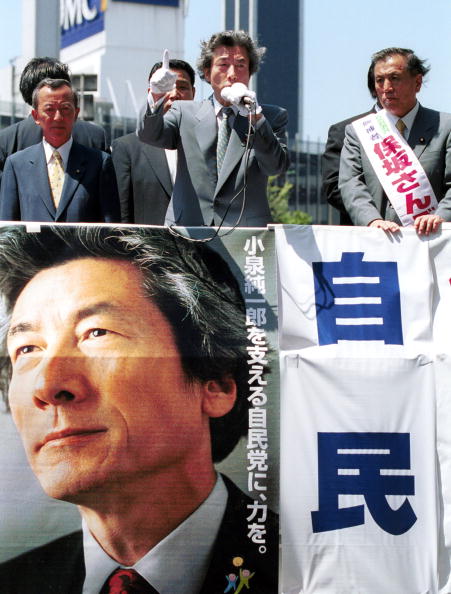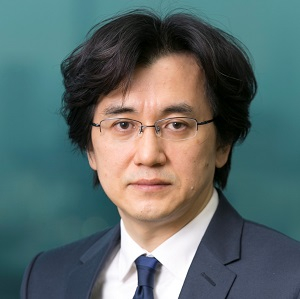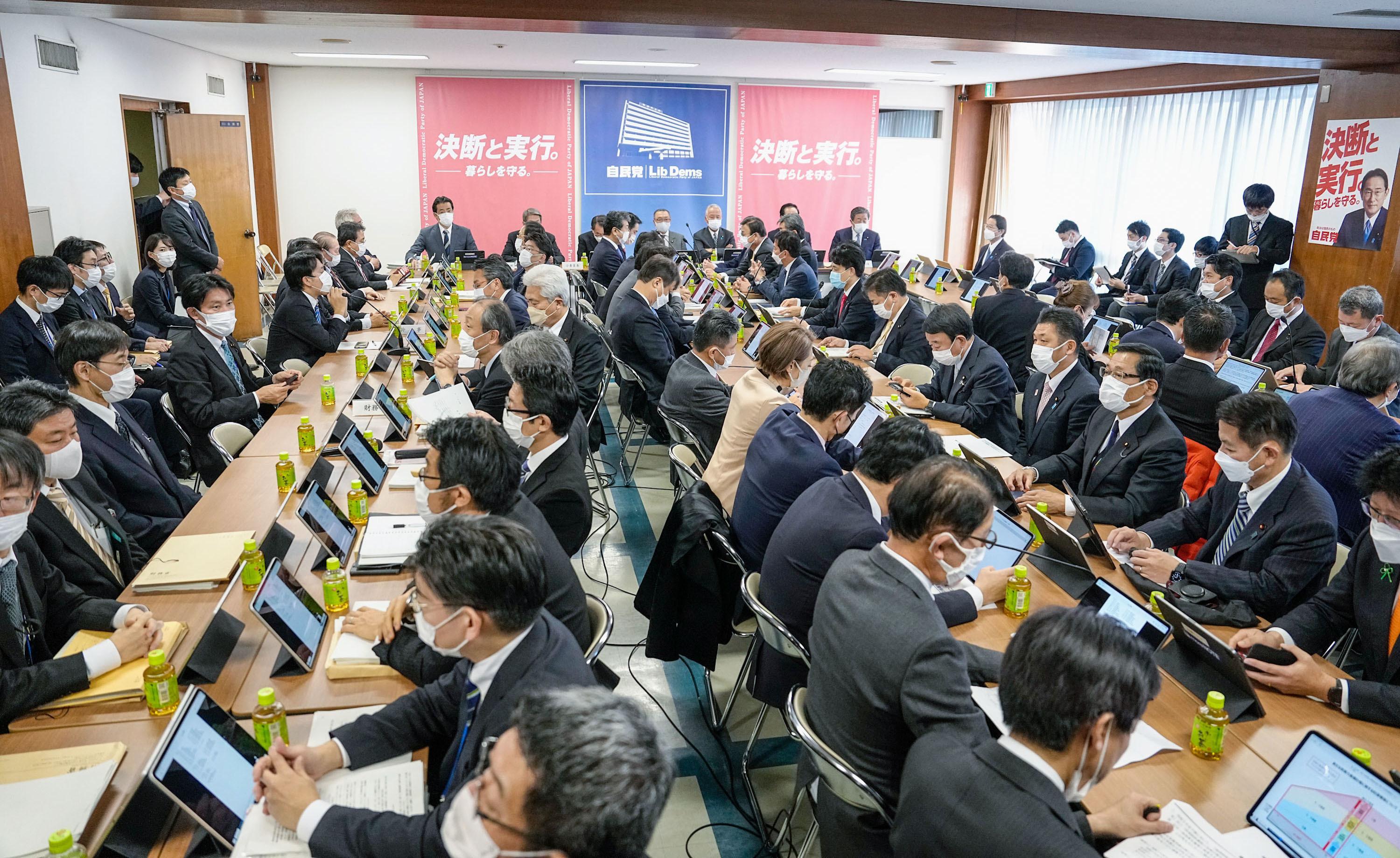There is an appearance of political stability in Japan, but this may be because Japan already went through its anti-elitist, populist phase years ago, notes Senior Fellow Sota Kato. This is not necessarily good news, though, as populism can supply the power needed to push through important social reforms.
* * *
The Japanese buzzword of the year in 2017, as chosen by publisher Jiyukokuminsha, was sontaku ーa seldom-used word that suddenly reappeared in the lexicon with the unfolding the Moritomo Gakuen scandal implicating Prime Minister Shinzo Abe.[1] Many people in Japan would no doubt agree that the year was one of ongoing political turmoil, with Abe’s approval rating fluctuating wildly and the opposition parties engaging in never-ending attempts at realignment.
If we were to choose a buzzword for the international community as a whole, that word may well be “populism.” While far-right parties fell short of decisive victories in elections in the Netherlands and France, balloting later in the year in Germany, Austria, and the Czech Republic saw a resurgence of populism as ultranationalist groups made strong gains.
Foreign observers frequently give surprisingly high marks to the appearance of political stability in Japan. For example, in the May/June issue of Foreign Affairs , G. John Ikenberry of Princeton University wrote, “If the liberal international order is to survive, leaders and constituencies around the world that still support it will need to step up. Much will rest on the shoulders of Prime Minister Shinzo Abe of Japan and Chancellor Angela Merkel of Germany, the only two leaders of consequence left standing who support it.” While Abe led his Liberal Democratic Party to another sweeping victory in the House of Representatives election in October, Germany still does not have a new coalition government, months after Merkel’s Christian Democrats suffered a major setback in a September poll.
Participants at international conferences often ask why Japan has been able to steer clear of the populist backlash and achieve political stability. The perceptible tone of envy in such queries, though, is normally brushed off by Japanese respondents, who know that an uneventful political landscape is a not necessarily a sign of health.
The Populist Tsunami Hit Japan First
From where does this gap in perception arise? My hunch is that the wave of populism now sweeping across the globe reached Japan’s shores much earlierーin the 1990s, in fact. There are varying definitions of populism, but most share the features outlined by scholars like Pippa Norris of Harvard University, namely, (1) faith in the wisdom and virtue of ordinary people over the “corrupt” establishment and (2) authoritarian leanings that favor the personal power exerted by strong and charismatic leadership thought to reflect the will of the common people.

I think one can make the argument that Japan experienced such trends from the late 1990s to the first decade of the present millennium. The trigger was the collapse of the bubble economy, the blame for which was heaped on “elite” bureaucrats and profit-seeking investment bankers. The Japanese public sought a powerful leader who spoke for the ordinary people and found him in the form of Prime Minister Jun’ichiro Koizumi and, later, Osaka leader Toru Hashimoto.
The kind of xenophobic, antiglobalist resistance seen in the United States and Europe today was not a feature of populism in Japan, perhaps owing to the fact that Japan has far fewer immigrants than Western countries and that, like Germany, it has consistently been registering current account surpluses. That said, there was an undeniable uptick in hawkish sentiments during this period, and the Japanese public’s attitude toward countries like China has been deteriorating ever since.
It is often said that rapid population aging has turned Japan into a front-runner in encountering demographic and other emerging social challenges; in a similar manner, Japan may have experienced its surge of populism ahead of other industrial countries. Its bubble economy burstーleaving a mountain of bad debt and triggering a protracted slumpーdecades before the subprime mortgage crisis devastated US and European financial markets.
In fact, Japan’s post-bubble response has been a major reference point for Western economic policymakers seeking a way out of the subprime fiasco. While disparagingly criticized at first, measures implemented in Japan have recently become the subject of renewed appraisal among Western economists. Will Western countries, though, heed Japan’s example in addressing the flood tide in populism?
The Downside of Stability
The LDP scored yet another landslide victory in the October 2018 general election, but few in Japan saw this as a robust endorsement for the Abe administration. In fact, the cabinet’s disapproval rate was higher than the approval rate at the time of the election. While more time will be needed to identify the full range of factors behind the sweep, the public’s recent preference for relative stability and a return to LDP predominance may be a reflection its disaffection with the populist swings of previous decades. The Democratic Party of Japan that catapulted to power in 2009 with a pledge to take back policymaking responsibilities from elite bureaucrats, for example, eventually split up and collapsed after three ineffective DPJ administrations failed to live up to people’s expectations.
Japan appeared to be well on its way to establishing a two-party system following the enactment of electoral reforms in 1993 that replaced “medium-sized” electoral districts with single-seat constituencies, but the DPJ debacle has greatly pushed back the clock. Voters have been left without a viable alternative through which to voice their protest, and the once ubiquitous bureaucrat-bashing, too, has abated. The “stability” foreign observers note in Japan’s political landscape today would be more accurately described as sober resignation following a period of populist frenzy.
I hardly think this is an enviable situation, notably because it deprives the country of populism’s positive sideーits power to quash vested interests and usher in needed change. Another drawback to LDP-dominated “stability” is the absence of a healthy governance mechanism, particularly in the era of single-seat constituencies, which has diluted competition among rival LDP factions.
While populist hysteria can present big headaches for democracies, as we have seen around the world in 2017, its listless and monotonous aftermath and a wistful longing for the “good old days” are problems in their own right. How Japan manages to break through its post-populist political paralysis will no doubt be closely watched by those Western countries now in the throes of a populist backlash.
Translated from “Popyurizumu, koka ushinau Nihon,” Iken Takken, Nikkei Veritas , December 31, 2017. Courtesy of Nikkei Inc.
[1] The word, originally signifying the act of inferring or intuiting another’s unspoken feelings, began trending when it was used to explain bureaucrats’ motives in according preferential treatment to a school with connections to Prime Minister Abe and his wife, Akie. It subsequently took on the nuance of unethical behavior keyed to the unspoken wishes of a superior.


